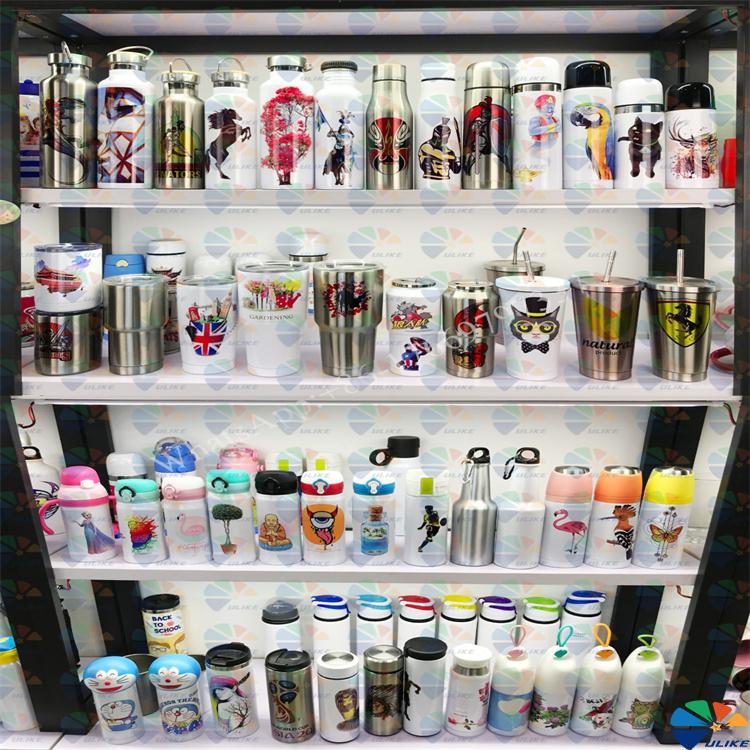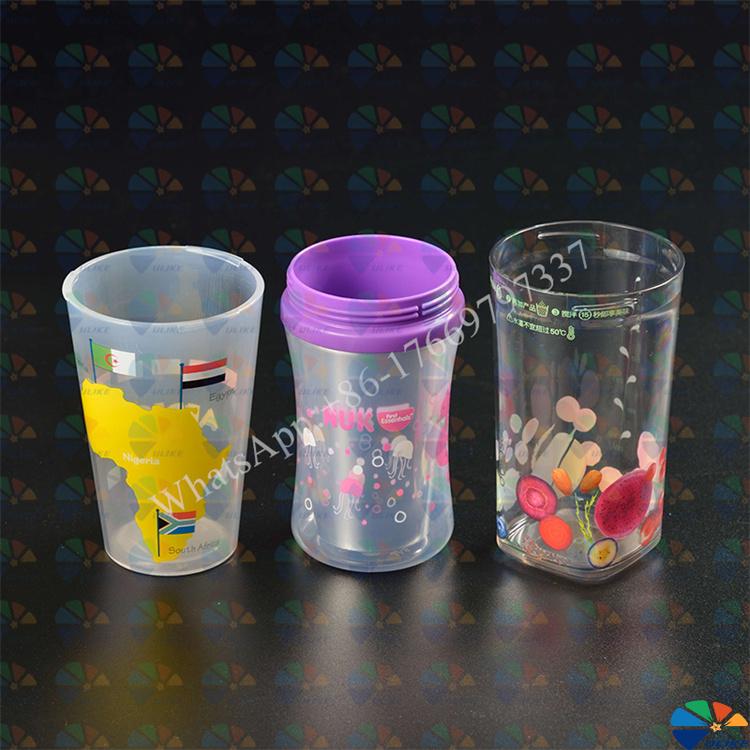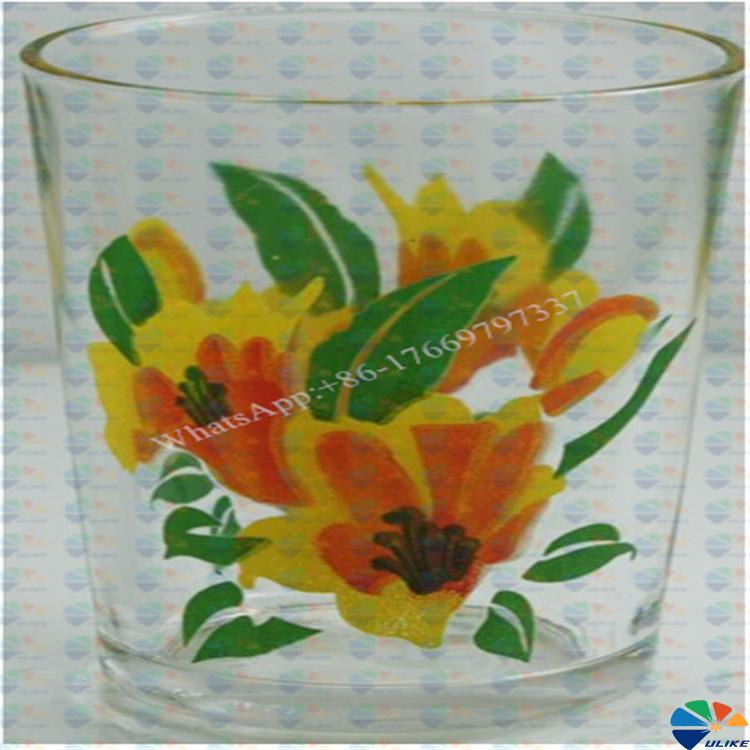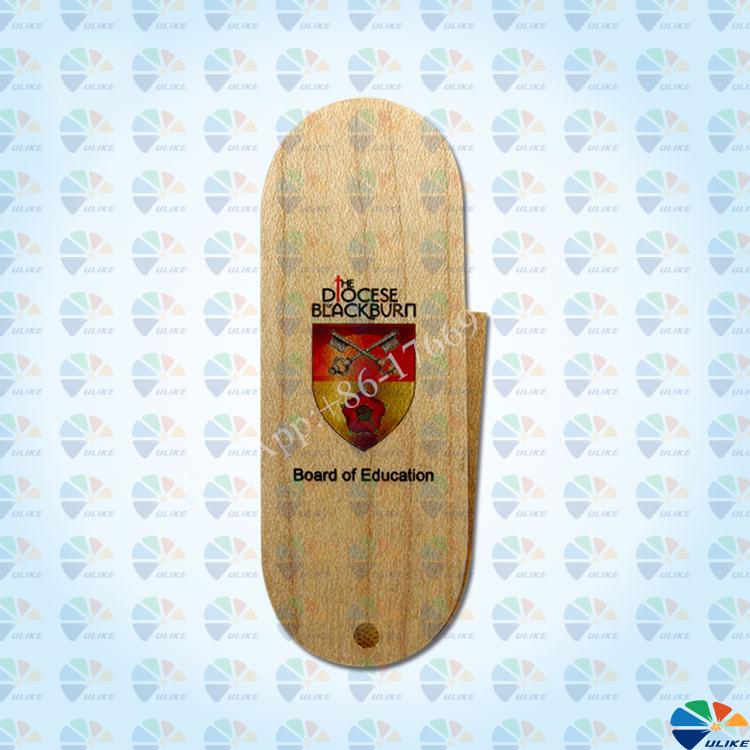Overview of glass thermal transfer film
1-Overview of
glass thermal transfer film
Glass thermal transfer film is a type of thermal transfer film, and it is also the most expensive series of thermal transfer films. It is suitable for various regular-shaped glass products, such as glass cups, flat tempered glass products, various glass panels, etc.
With the continuous development of thermal transfer technology and the gradual popularization of glass thermal transfer technology, glass thermal transfer film is moving from the original unpopular series to the conventional series, which is undoubtedly a blessing for many glass industries.
Glass thermal transfer film can make up for many shortcomings of ordinary printing technology to a certain extent. The surface decorative pattern of glass products is no longer a simple line or color block. Glass thermal transfer film makes the surface of the product rich in pattern and bright in color, which greatly improves the surface decoration effect of glass products. At the same time, it also greatly increases the added value of the product, and writes a new chapter for the surface decoration of glass products.

2-Glass
thermal transfer film printing process
The process of using a gravure printing machine to print a pattern image onto the glass thermal transfer film base film can be divided into the following 6 processes:
1. Glass thermal transfer film coating release agent process; 2. Glass thermal transfer film printing process; 3. Glass thermal transfer film coating glue process; 4. Glass thermal transfer film re-inspection process; 5. Glass thermal transfer film striping process; 6. Glass thermal transfer film packaging process.

3-Glass thermal
transfer film transfer process
The process of transferring the image and text on the glass thermal transfer film to the glass product through the thermal transfer machine is as follows:
1) After installing and debugging the glass product thermal transfer fixed mold, start debugging the parallelism and verticality of the thermal transfer machine. After the temperature of the thermal transfer machine rises to the set temperature, the glass thermal transfer film processing operation of the glass product can be carried out.
2) When using glass thermal transfer film for transfer process, you should pay attention to whether the circumference of the rubber wheel on the hot stamping machine is longer than the length of the glass thermal transfer film transfer hot stamping pattern, because the glass has excellent thermal conductivity, which will absorb a lot of heat from the hot stamping rubber wheel. When the circumference of the hot stamping rubber wheel is less than the length of the hot stamping area, the hot stamping effect will be affected due to uneven heating of the rubber wheel.

4-Key Technology of Glass Thermal Transfer Film
Glass thermal transfer film printing and glass thermal transfer film transfer process are the main components of glass thermal transfer film technology. Among these links of the entire glass thermal transfer film technology, the back glue (glue) of the glass is the decisive link of the whole process.
Adhesion is almost the only standard and the most difficult technical problem to solve in measuring the quality of glass thermal transfer film technology. Glass back glue has become a stepping stone for this technology.
At present, the glass thermal transfer film technology in the thermal transfer industry is uneven, and most manufacturers use imported glue from abroad, but the quality of glass thermal transfer printed films is also unstable.

Some manufacturers with technical research and development capabilities have developed their own glass adhesive with excellent adhesion and stable quality, thus better ensuring the quality of glass thermal transfer film.
![af]() Afrikaans
Afrikaans![sq]() Albanian
Albanian![am]() Amharic
Amharic![ar]() Arabic
Arabic![fr]() French
French![es]() Spanish
Spanish![ru]() Russian
Russian![de]() German
German![hy]() Armenian
Armenian![it]() Italian
Italian![ja]() Japanese
Japanese![ko]() Korean
Korean![pt]() Portuguese
Portuguese![hi]() Hindi
Hindi![az]() Azerbaijani
Azerbaijani![ro]() Romanian
Romanian![pl]() Polish
Polish![th]() Thai
Thai![el]() Greek
Greek![eu]() Basque
Basque![en]() English
English![zh-CN]() Chinese (Simplified)
Chinese (Simplified)![zh-TW]() Chinese (Traditional)
Chinese (Traditional)![be]() Belarusian
Belarusian![bn]() Bengali
Bengali![bs]() Bosnian
Bosnian![bg]() Bulgarian
Bulgarian![ca]() Catalan
Catalan![ceb]() Cebuano
Cebuano![ny]() Chichewa
Chichewa![co]() Corsican
Corsican![hr]() Croatian
Croatian![cs]() Czech
Czech![da]() Danish
Danish![nl]() Dutch
Dutch![eo]() Esperanto
Esperanto![et]() Estonian
Estonian![tl]() Filipino
Filipino![fi]() Finnish
Finnish![fy]() Frisian
Frisian![gl]() Galician
Galician![ka]() Georgian
Georgian![gu]() Gujarati
Gujarati![ht]() Haitian Creole
Haitian Creole![ha]() Hausa
Hausa![haw]() Hawaiian
Hawaiian![iw]() Hebrew
Hebrew![hmn]() Hmong
Hmong![hu]() Hungarian
Hungarian![is]() Icelandic
Icelandic![ig]() Igbo
Igbo![id]() Indonesian
Indonesian![ga]() Irish
Irish![jw]() Javanese
Javanese![kn]() Kannada
Kannada![kk]() Kazakh
Kazakh![km]() Khmer
Khmer![ku]() Kurdish (Kurmanji)
Kurdish (Kurmanji)![ky]() Kyrgyz
Kyrgyz![lo]() Lao
Lao![la]() Latin
Latin![lv]() Latvian
Latvian![lt]() Lithuanian
Lithuanian![lb]() Luxembourgish
Luxembourgish![mk]() Macedonian
Macedonian![mg]() Malagasy
Malagasy![ms]() Malay
Malay![ml]() Malayalam
Malayalam![mt]() Maltese
Maltese![mi]() Maori
Maori![mr]() Marathi
Marathi![mn]() Mongolian
Mongolian![my]() Myanmar (Burmese)
Myanmar (Burmese)![ne]() Nepali
Nepali![no]() Norwegian
Norwegian![ps]() Pashto
Pashto![fa]() Persian
Persian![pa]() Punjabi
Punjabi![sm]() Samoan
Samoan![gd]() Scottish Gaelic
Scottish Gaelic![sr]() Serbian
Serbian![st]() Sesotho
Sesotho![sn]() Shona
Shona![sd]() Sindhi
Sindhi![si]() Sinhala
Sinhala![sk]() Slovak
Slovak![sl]() Slovenian
Slovenian![so]() Somali
Somali![su]() Sudanese
Sudanese![sw]() Swahili
Swahili![sv]() Swedish
Swedish![tg]() Tajik
Tajik![ta]() Tamil
Tamil![te]() Telugu
Telugu![tr]() Turkish
Turkish![uk]() Ukrainian
Ukrainian![ur]() Urdu
Urdu![uz]() Uzbek
Uzbek![vi]() Vietnamese
Vietnamese![cy]() Welsh
Welsh![xh]() Xhosa
Xhosa![yi]() Yiddish
Yiddish![yo]() Yoruba
Yoruba![zu]() Zulu
Zulu





